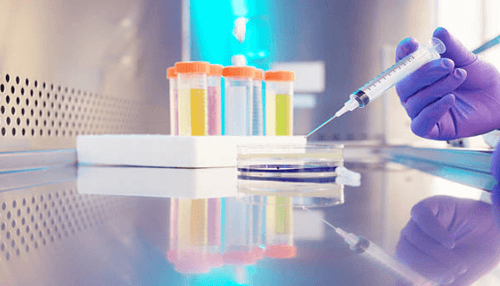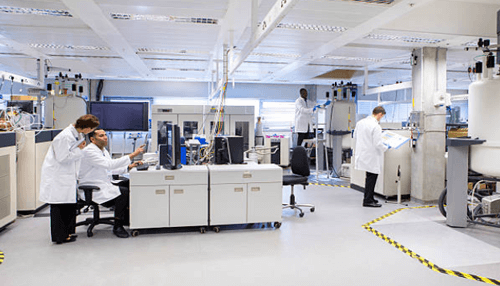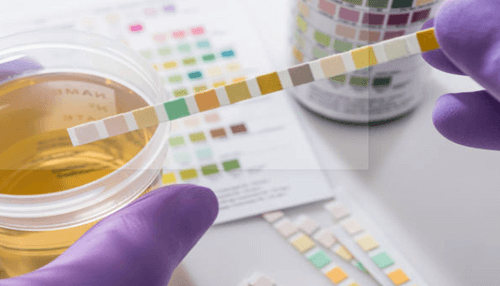You have a duty as an employer to provide a positive and safe workplace for all your workers and to do this, your company needs to follow applicable federal and state laws. It is also required to stay compliant with the Occupational Safety and Health Association (OSHA). Drug testing policies and processes are vastly different when it comes to the Department of Transportation (DOT) organizations and other non-DOT organizations. In this article, we explore the differences between DOT vs non-DOT drug testing programs.
DOT organizations are required to follow prescribed rules and regulations since they fall under the purview of the federal government. Non-DOT organizations enjoy autonomy in regard to establishing and implementing a workplace drug and alcohol policy or program. However, HR experts recommend following a prescribed DOT drug testing program since that leaves less room for potential privacy issues and lawsuits.
Understanding DOT and Non-DOT Drug Tests
DOT alcohol or drug testing is done under the authority of the Department of Transportation on a regulated employee. The individual would fall under the purview of safety-sensitive workers. Conversely, non-DOT alcohol and drug tests are usually carried out under an employer’s authority for organizations that are not regulated by the federal government.
The employer gets to pick and choose which class of employees should be tested. Several organizations carry out non-DOT drug and alcohol testing to qualify for fiscal benefits awarded to drug-free workplaces. The state formulates all rules and regulations in this case that employers are required to meet. These regulations may stipulate certain employees to be included in the testing program mandatorily.
Few organizations have both DOT and non-DOT-covered employees. These are called blended workplaces. If the employer decides to opt for testing over and beyond what DOT requires, they need to adhere to the following:
1. Testing should be conducted separately for DOT and non-DOT employees
2. DOT tests are given priority and should be completed before other tests
3. Samples should be taken afresh for non-DOT testing
4. DOT test results are final regardless of any conflict arising out of subsequent non-DOT testing
Andrew Easler, Esq., a drug testing specialist and attorney, developed the DOT Train-the-Trainer course, which offers instruction for those looking to become certified trainers for DOT urine collection for drug testing under DOT regulations.
The protocols for assuring the integrity of the urine samples, the collecting process, and DOT rules for drug testing will all be taught to participants. Participants will obtain a thorough grasp of the laws and processes governing DOT drug testing under the experienced leadership of Andrew Easler, Esq.
Differences in Testing Panels
DOT drug testing is also called the 5-panel test since it covers five major drugs – marijuana, amphetamines, cocaine, phencyclidine (PCP), and opioids. However, DOT organizations are free to add additional drugs to the list. These additional tests must be conducted separately from the DOT-recommended tests. It’s also crucial that employees responsible for sample collection receive DOT collector training.
Non-DOT employers don’t need to follow any prescribed regulations for conducting tests. They are free to choose the substances they wish to test for. They can have as many panels tested as they want. Popular non-DOT testing includes 4-panel tests to the more comprehensive 12-panel tests.
Types of DOT Testing
DOT employee testing is conducted for a wide variety of reasons as per tightly controlled regulations. These are a few types of DOT testing.
1. Random Testing
Depending on the agency governing a workplace, anywhere from 25 – 50% of the workers are required to be randomly tested. The Federal Transit Administration (FTA) and the United States Coast Guard (USCG) among other federal agencies recently changed their random testing rates from 25% to 50%.
2. Pre-Employment Testing
Test results should come back negative before an employee is allowed to work in a safety-sensitive position.
3. Post-Incident Testing
This testing type is narrowly defined and applies to specific employee situations.
4. Reasonable Suspicion Testing
This DOT testing cannot be based on a guess or a hunch. It needs to be based on a trained supervisor’s observations.
5. Return-to-Duty Testing
DOT employees who fail their drug tests are required to submit to a return-to-duty test before resuming their safety-sensitive job position.
6. Follow-Up Testing
Follow-up drug testing is compulsory for safety-sensitive positions for up to five years if the test results come back positive. This is at the discretion of the Substance Abuse Professional (SAP).
Types of Non-Dot Employer Testing
Rules tend to be more flexible for non-DOT employers. They are largely dictated by municipal and state laws, which can be ambiguous at times. This is probably why most businesses prefer sticking with DOT employee testing as opposed to making their own separate policy.
Non-DOT organizations need to apply their drug testing policies to all employees equally without any bias. For instance, random testing needs to be truly random. Employers cannot use random testing or reasonable suspicion testing to single out any worker.
DOT Collector Training For Acquiring Samples
Samples for DOT drug tests should be acquired by a trained collector who has completed something like the dot train the trainer course. The collector is required to be certified per 49 CFR Part 40 guidelines. Such training is not required for non-DOT sample collection. However, it is preferred to have only trained employees or a third-party testing facility to collect samples.
DOT drug tests strictly include urine tests. Hair or blood samples are not taken for drug testing. However, DOT alcohol tests require a saliva or breath test. Breath tests for alcohol consumption should only be conducted through Evidential Breath Testing Devices. Non-DOT alcohol and drug testing may include a wide variety of samples, such as urine, breath, hair, sweat, and saliva.
It is mandatory to use the samples collected for the sole purpose of conducting a drug/alcohol test in the case of DOT testing. However, samples can be used for multiple purposes (as allowed by state/local laws and company policy) in case of non-DOT tests. For instance, DOT drug test samples cannot be used for a DNA test while non-DOT samples can be.
Dealing with Positive Test Results
The employer is allowed to decide what to do with a positive non-DOT drug test. However, employees covered by DOT regulations need to be immediately removed from their safety-sensitive job roles if tested positive. They are also subject to a stricter reinstatement procedure where follow-up testing is mandatory.
It’s paramount to note that non-DOT organizations are required to follow state and local laws along with their company policy to ensure their decision is consistent with the established workplace drug testing policy. Employers should refrain from giving favorable treatment to any employee.




